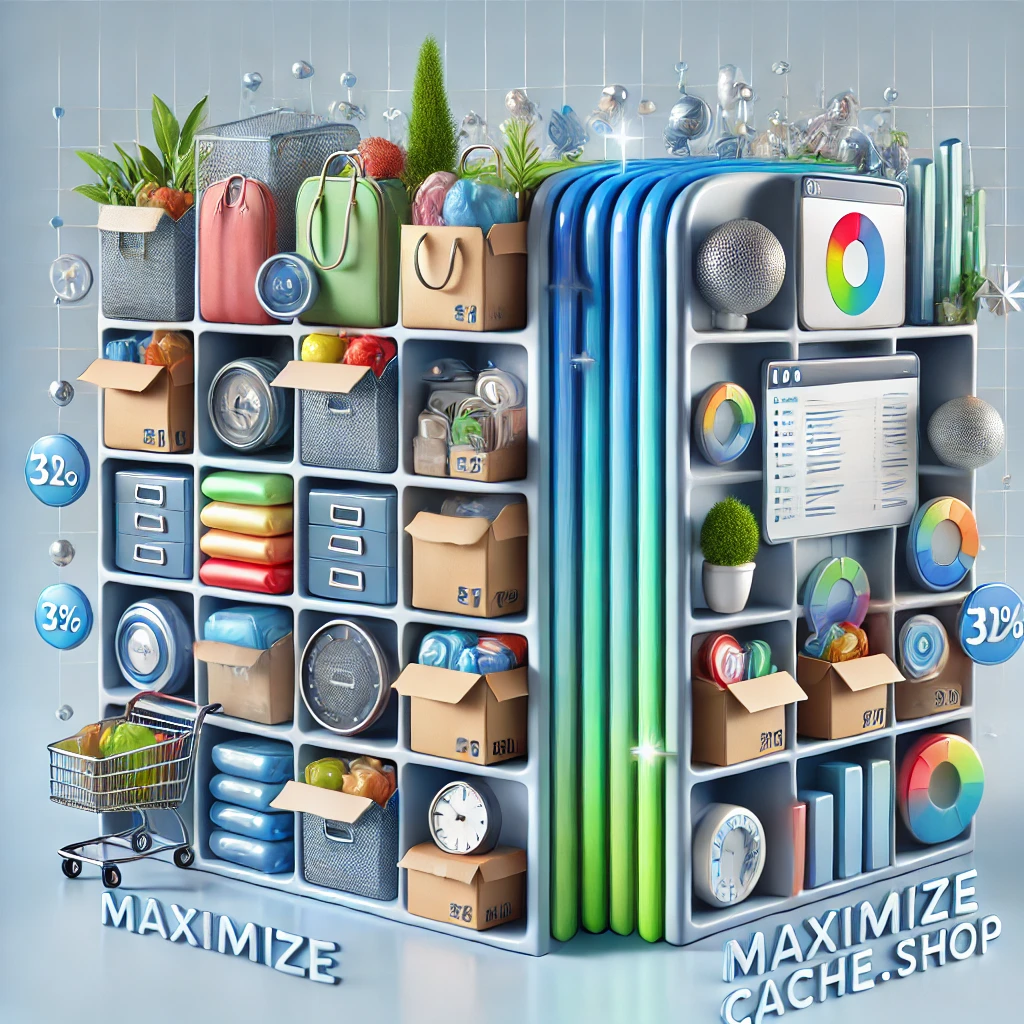SSIS 950: Unlocking the Power of Data Integration and Management
Introduction
In today’s data-driven world, organizations rely heavily on efficient data integration solutions. SSIS 950 (SQL Server Integration Services) is a powerful tool provided by Microsoft that helps businesses manage and transform their data effectively. This article explores the key features, benefits, best practices, and real-world applications of SSIS 950, making it a vital resource for anyone looking to enhance their data management processes.
Introduction to SSIS 950
SSIS 950 is a component of Microsoft SQL Server designed to facilitate the extraction, transformation, and loading (ETL) of data from various sources to target destinations. It streamlines data integration processes, ensuring seamless communication between disparate systems. This robust tool empowers organizations to consolidate data, transform it into meaningful insights, and load it into databases or data warehouses efficiently.
Key Features of SSIS 950
Understanding the features of SSIS 950 is crucial for leveraging its full potential.
1. Streamlined Data Integration Process
SSIS 950 simplifies the design of complex data flows through its intuitive interface. Using a visual drag-and-drop design, developers can easily connect data sources, apply transformations, and define destinations. This user-friendly approach reduces development time and effort.
2. Enhanced Performance and Scalability
One of the significant advantages of SSIS 950 is its optimized performance. The introduction of parallel processing capabilities allows multiple tasks to run concurrently, significantly improving data movement speed. Whether handling small datasets or large volumes of information, SSIS 950 scales to meet various integration demands.
3. Comprehensive Error Handling
Error management is a critical aspect of data integration. SSIS 950 includes robust error handling features that allow users to monitor and log errors during ETL processes. Users can set up immediate error notifications and keep detailed logs, making troubleshooting much easier.
Benefits of Using SSIS 950
Organizations implementing SSIS 950 can expect several key benefits, including:
1. Increased Productivity
By automating manual data integration tasks, SSIS 950 frees up valuable time for organizations. This allows teams to focus on higher-value activities rather than repetitive data processing.
2. Improved Data Quality and Consistency
SSIS 950 helps maintain high data quality by enabling data cleansing and transformation during the ETL process. By centralizing data from multiple sources, organizations can ensure consistency, which is crucial for accurate reporting and decision-making.
3. Real-Time Data Processing
Real-time data processing is essential for businesses that need immediate insights. SSIS 950 supports real-time data integration, allowing organizations to access up-to-date information as soon as it is generated or updated.
Common Use Cases for SSIS 950
SSIS 950 finds applications across various industries, demonstrating its versatility in managing and processing data. Here are a few common use cases:
1. Data Warehousing
Data warehousing involves collecting and managing large volumes of data from diverse sources in a centralized repository. SSIS 950 is crucial in this process, extracting data from operational systems, transforming it, and loading it into the data warehouse. This centralization enhances reporting and analytics capabilities.
2. ETL Processes
The core functionality of SSIS 950 revolves around ETL processes. It automates workflows by extracting data from various sources, transforming it through cleaning and validation, and loading it into target systems like data warehouses or operational databases. This ensures consistent and reliable data integration across systems.
3. Real-Time Data Integration
In industries such as finance and retail, real-time data integration is vital for timely decision-making. SSIS 950 supports real-time scenarios by streaming data from sources like IoT devices and social media feeds, enabling organizations to respond quickly to changing conditions.
Best Practices for Implementing SSIS 950
To maximize the effectiveness of SSIS 950, organizations should follow these best practices:
1. Plan ETL Processes Carefully
Before starting an SSIS project, it is essential to carefully plan each step of the ETL process. Understand the data sources, necessary transformations, and the final data destination. A well-defined plan minimizes errors and optimizes performance.
2. Use Error Handling Functions
Always incorporate error handling functions within your ETL packages to capture and log issues during data integration. This proactive approach helps
Conclusion
In summary, SSIS 950 stands out as a vital tool for organizations seeking to streamline their data integration processes. With its robust features, enhanced performance, and scalability, it enables businesses to effectively manage and transform their data from various sources. By adopting best practices and leveraging SSIS 950’s capabilities, organizations can achieve greater efficiency, improved data quality, and more informed decision-making, ensuring they stay competitive in today’s data-driven landscape.
FAQs
1. What is SSIS 950?
SSIS 950 refers to a specific model or product within the SSIS (Solid State Intelligent Sensor) series, often used in industrial or technical applications. It may include features related to data processing, monitoring, or other specialized functions.
What are the key features of SSIS 950?
The key features of SSIS 950 typically include high precision in measurements, advanced data processing capabilities, compatibility with various systems, and robust performance in challenging environments. Specific features may vary based on the application.
What industries commonly use SSIS 950?
SSIS 950 is commonly used in industries such as manufacturing, automation, environmental monitoring, and data acquisition. Its versatility makes it suitable for various applications that require precise data collection and analysis.
How do I install SSIS 950?
Installation instructions for SSIS 950 will depend on the specific model and application. It’s recommended to refer to the product manual for detailed installation steps or consult a qualified technician for assistance.
Are there any software requirements for using SSIS 950?
Yes, SSIS 950 may require specific software or drivers to operate effectively. Check the product documentation for details on compatible software, drivers, and any necessary updates.


